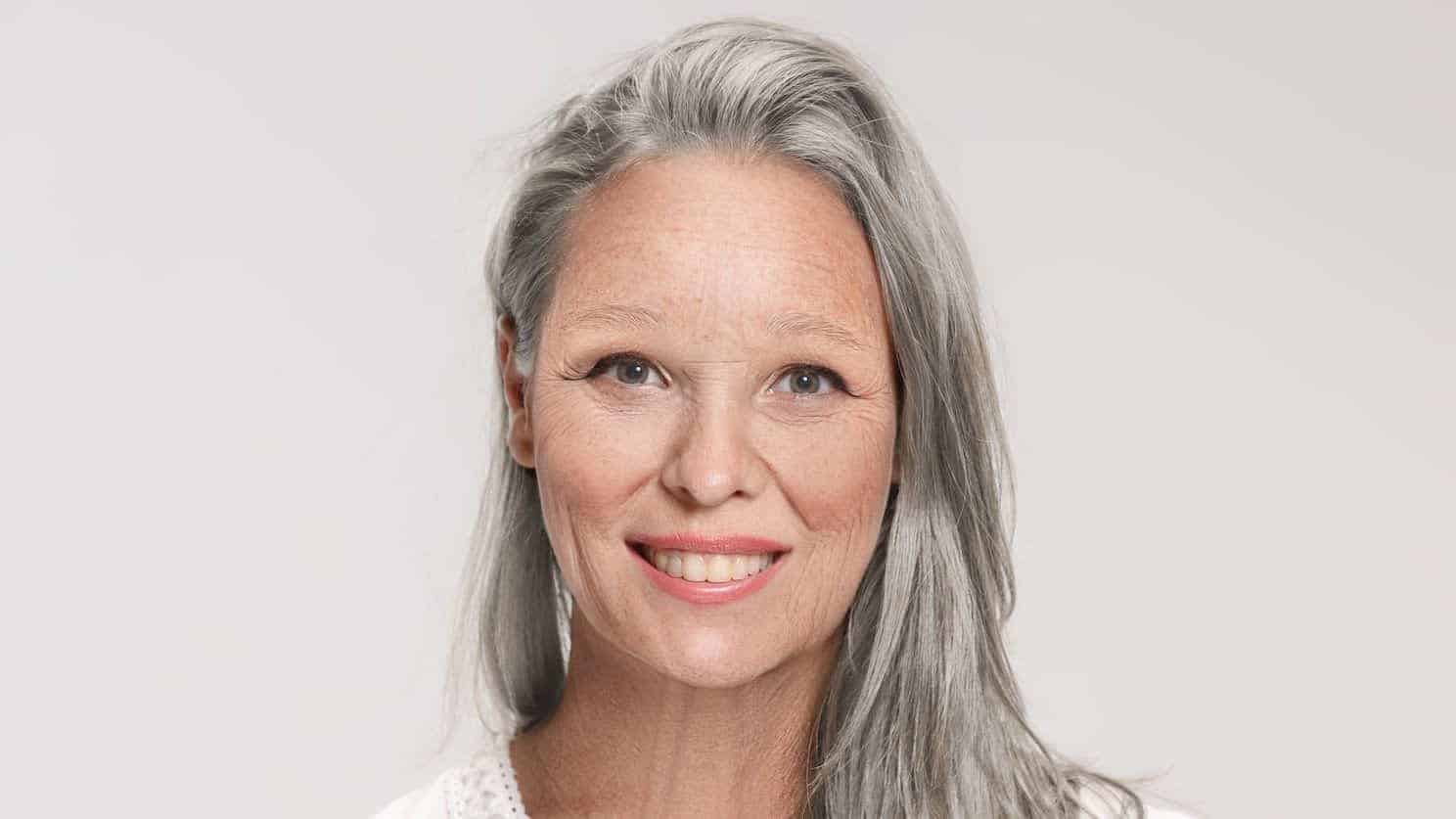The average life expectancy for Australians is now over 81 years, and in line with the global norm, women are living longer than men. But for a lot of people, especially those who are fit, healthy and active well into their 70s, 80s or 90s, age is only a number—and one that can easily be forgotten, or at least overlooked with some aid from cosmetic surgery.
This older age group is embracing cosmetic surgery in record numbers. In the US, the world’s largest market for cosmetic surgery in 2010, nearly 85,000 seniors sought cosmetic procedures in the quest to improve their appearance and look as young as they feel.
What do seniors—defined as those over 65—expect from cosmetic surgery? Some want to look the age they feel. Others who are actively involved in business or charitable work wish to escape ageism. Some seniors claim they prefer not to risk sacrificing that hard-to-get job in a difficult economy just because they may look older than other candidates. Others simply want to improve their appearance, to improve their social life and to move more easily with the younger crowd, their kids, grandchildren and great grandchildren. Cosmetic surgery helps them escape feeling self conscious about their looks. Some seniors are looking for love and intimacy and feel it would be easier to find a mate if they looked the age they feel at heart.
According to 2010 statistics from the American Society for Aesthetic Plastic Surgery, the most popular procedures among American seniors were facelifts and cosmetic eyelid surgery. Both were equally popular, with facelifts accounting for 31% and eyelid surgery making up 29% of the total. Together these two procedures accounted for around 60 percent of all cosmetic surgical procedures performed on people over 65 years of age. The other procedures demanded by seniors included liposuction, breast reduction, autologous fat implants, tummy tucks, forehead lifts, breast lifts and breast augmentation.
When total population figures were considered, women accounted for the large majority (92%). The most popular surgical procedures among women were breast augmentation, liposuction, breast reduction, tummy tucks, and eyelid surgery. Top most popular among men included liposuction, rhinoplasty or nose jobs, eyelid surgery, breast reduction to treat enlarged male breasts, and cosmetic ear surgery.
According to the latest available statistics (from 2009) for Australia, the procedures in greatest demand, regardless of age were eyelid surgery, nose surgery, breast augmentation, liposuction and breast lifts, accounting for around 67% of total cosmetic surgical procedures.
Although the positives of cosmetic surgery greatly outweigh the negatives when it comes to seniors, a major concern is whether it is safe for people to go under the scalpel at increasingly older ages. Results of the few studies on this subject completed so far have shown that cosmetic surgery is no more hazardous to seniors than to younger people. So long as the people electing to have surgery are fit and healthy, both physically and emotionally, age should not be a barrier in the quest to enhance their appearance.
Right now, seniors make up around 13 percent of the Australian population. Population trends show that over the next 40 years, the proportion of over 65s will almost double, to around 25%. Demand for cosmetic surgery is likely to surge with the senior population.
So, remember, if your grandma wants a facelift, she’s not alone. You can safely give her an encouraging hug rather than a look of shock or embarrassment. As long as the usual precautions are taken, your grandma will be safe.
